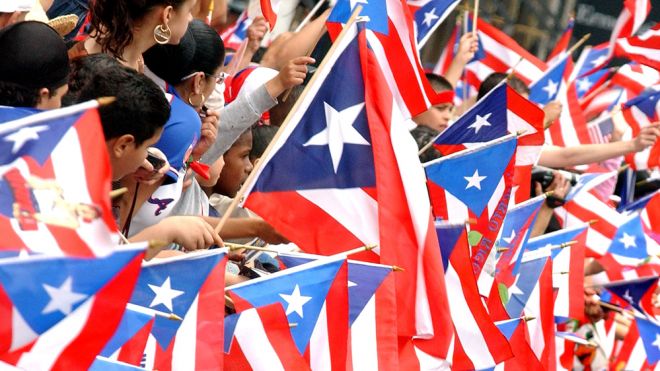
More than 231,000 Puerto Ricans have migrated to Florida so far
CBS Correspondent David Bergnaud generated a Twitterstorm when he picked up on a small item from the Florida Division of Emergency Management when he tweeted on December 11th:

Some immediately pointed out that Trump’s margin of victory over Hillary Clinton in 2016 was 110,000 votes and speculated that, with his approval rating being so low (in the 30s), this margin should be even tighter in 2020. This influx of Puerto Ricans, expected to be mostly Democrat voters, could be a significant factor in the next Presidential election in this battleground state. As one tweeter put it, “2020 could be Puerto Rico’s revenge” against Trump.
This 230,000 number of Puerto Rican migrants to Florida is much higher than previous estimates and points to the potential political impact of this significant population shift from the hurricane-ravaged Island. Of course, this is dependent on some yet to be played out factors. First, it is not known how many are only in Florida temporarily, depending on how conditions develop in Puerto Rico, and whether this influx will continue to grow. Second, how many will actually register to vote. And third, how will Trump policies continue to impact on Puerto Rico’s recovery and the U.S. response to this outmigration.
One of the things those interested in mobilizing these new Puerto Ricans residents as voters were counting on was the culture of historically high voter participation levels on the Island. However, voter participation rates in Puerto Rico before the hurricane disaster pose some challenges in mobilizing Island Puerto Ricans as voters. Despite long-term high levels of voter participation in Puerto Rico, around 80 percent, compared to much lower U.S. levels (about 50-60 percent), the level of voter turnout in Puerto Rico’s 2016 gubernatorial race and 2017 status plebiscite declined considerably. In the 2016 election in Puerto Rico, 1,590,468 voted, representing a 55.4 percent turnout rate. This is in contrast with the 2012 election, in which 1,977,055 voted, for a 78.2 percent turnout rate. The 2017 status referendum rate of participation was even more dismal: only 502,801 voted, for a 22.9 percent turnout rate.
The trend in the past was the significant decline in Puerto Rican voter participation once they settled stateside. Will this pattern now be reversed? This will depend in part on efforts to mobilize these new voters and whether conditions in Puerto Rico will promote a strong return migration. And, of course, on Trump and his Republicans.
The NiLP Report on Latino Policy & Politics is an online information service provided by the National Institute for Latino Policy. For further information, visit www.latinopolicy. org. Send comments to editor@latinopolicy.org.

